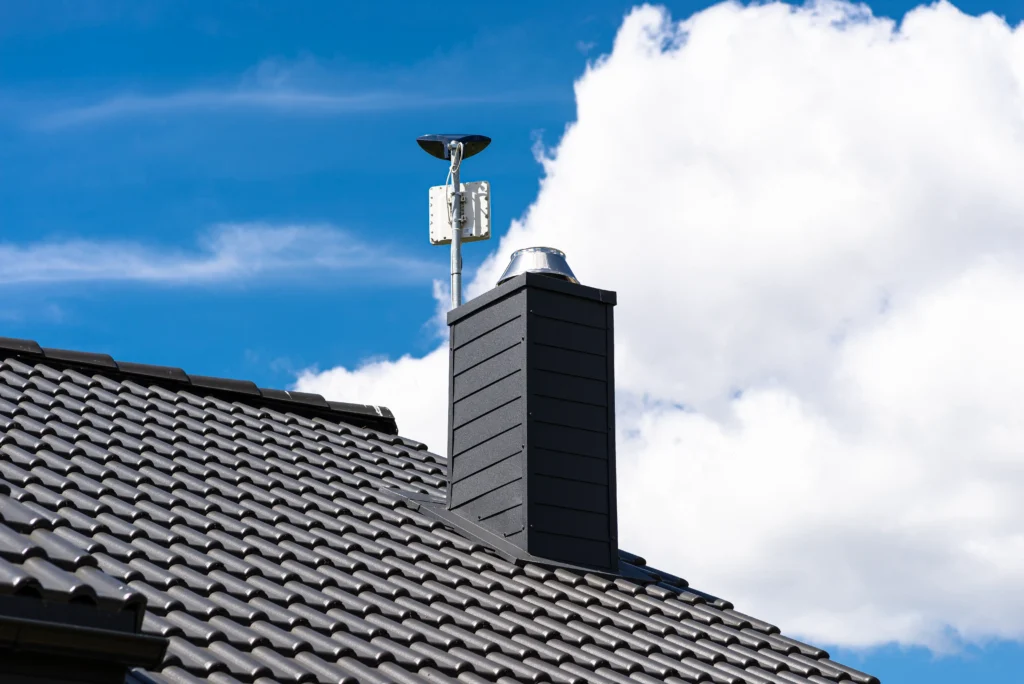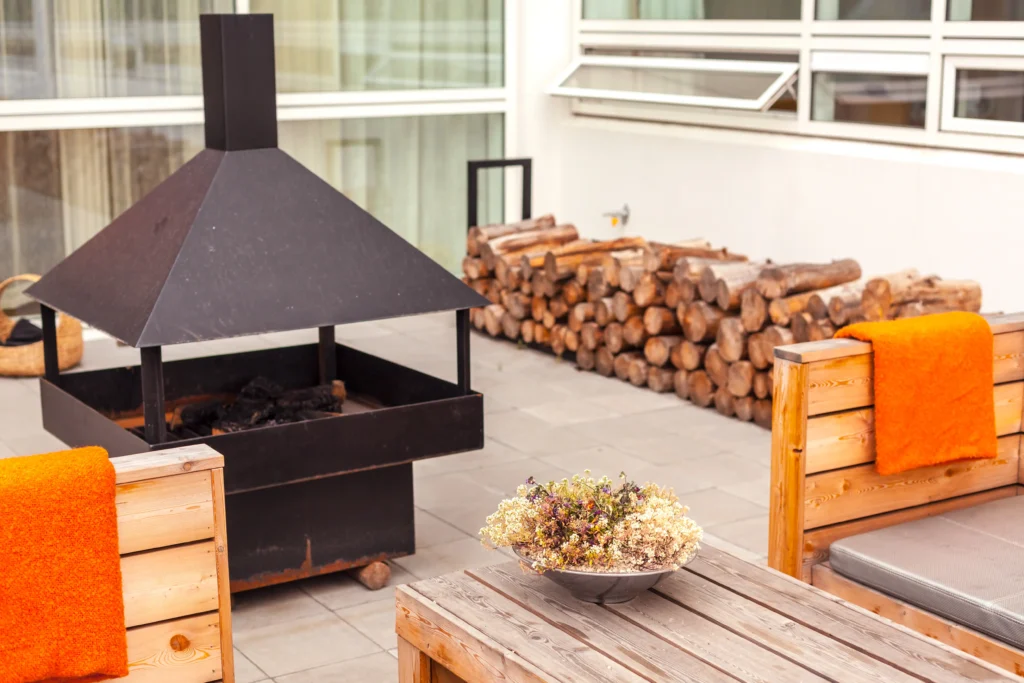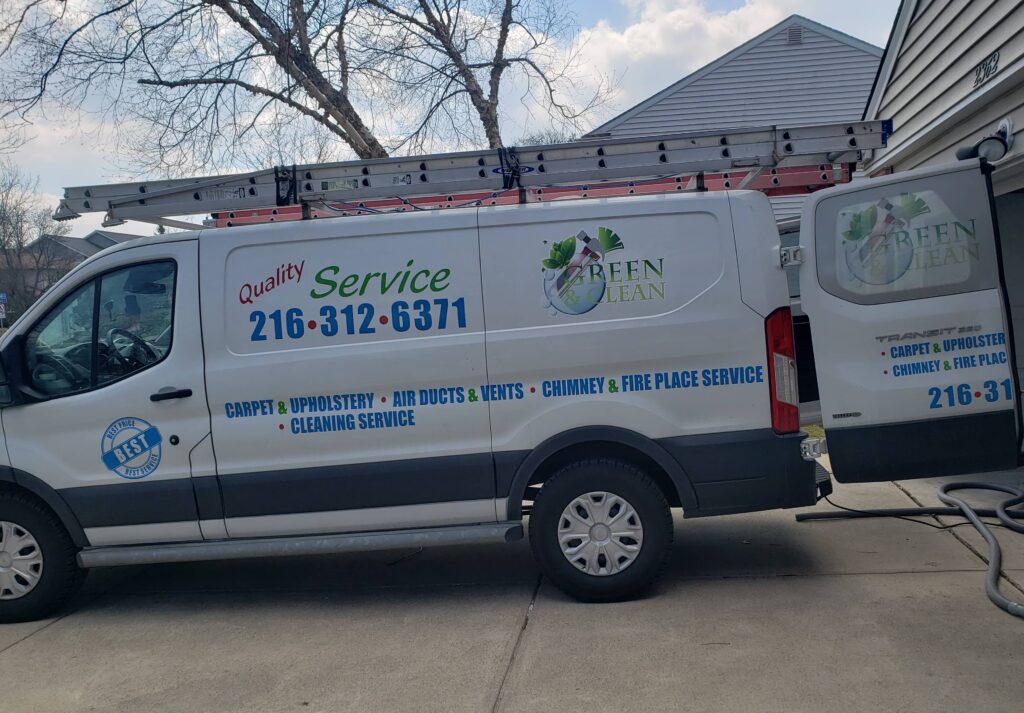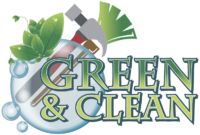How often chimney sweep services are needed isn’t just a matter of tradition or seasonal habit—it’s a critical component of home safety. In Northeast Ohio, where winters are long and wood-burning fireplaces or stoves are commonly used, sweeping the chimney at proper intervals protects homes from fire risks, improves air quality, and ensures your heating systems operate as efficiently as possible. This article explores how frequently you should schedule chimney sweeping, why timing matters, and how local climate and fuel types play a role.

Why Regular Chimney Sweeping Matters
Every time wood, pellets, or other fuels are burned, they release byproducts such as smoke, soot, and creosote. While smoke exits through the chimney, creosote—a highly flammable, tar-like residue—clings to the inner lining. If this buildup is not removed, it can ignite. According to the Chimney Safety Institute of America, chimney fires are often silent and slow-burning at first, making them especially dangerous.
In Northeast Ohio, where homes in counties like Lake and Medina rely on fireplaces from October through March, chimney use is more intensive than in milder climates. As a result, sweeping more than once a year may be necessary, especially for homes using wood-burning stoves as primary heat sources.

The Annual Inspection Standard
The National Fire Protection Association (NFPA) recommends that all chimneys, fireplaces, and vents be inspected at least once a year. This inspection assesses structural integrity, flue cleanliness, and any potential hazards. Whether or not sweeping is required depends on what the inspection reveals. For low-use fireplaces, an annual check may result in a “clean bill of health.” But in homes that use their chimney frequently, inspection often leads directly to cleaning.
Homes in Geauga and Summit Counties, which experience high snowfall and cold winds, may rely heavily on wood heat. These homes should be prepared to clean their chimneys at least once per burning season—and sometimes again during or after, especially if creosote levels are high or draft problems develop.

Factors That Affect Chimney Sweep Frequency
While the NFPA recommends annual inspections, actual chimney sweeping frequency depends on various conditions. The first factor is how often the fireplace or stove is used. The more fires you burn, the faster creosote builds. Homeowners in Cuyahoga County who use their fireplaces for ambiance once or twice a week may need sweeping only once a year. But homes in rural Portage County using wood heat daily may need it twice annually.
Another factor is the type of wood or fuel used. Burning green or soft woods like pine produces more creosote than burning seasoned hardwoods like oak. If the wood hisses or smokes when burning, it likely has high moisture content—a creosote contributor. Burning unapproved materials, like cardboard or garbage, also increases buildup and risk.
Chimney type and design also matter. Tall chimneys with several bends or narrow flue liners accumulate creosote more rapidly. Chimneys exposed to high winds or those without proper chimney caps can allow debris and moisture to enter, speeding deterioration and buildup. These variations are common in older homes throughout Medina and Geauga Counties.

Consequences of Infrequent Sweeping
Neglecting chimney sweeping can have serious consequences. The most immediate risk is a chimney fire. Even small ignitions can damage flue liners, warp metal chimneys, or allow flames to spread to attic spaces. Over time, creosote buildup also restricts airflow, leading to poor draft and smoke spillage into living areas. This can cause unpleasant odors and health issues, especially for those with asthma or allergies.
Another hidden danger is carbon monoxide. Poor venting from a blocked or partially obstructed flue can allow this odorless, colorless gas to seep into your home. According to the CDC, carbon monoxide exposure sends more than 50,000 people to the ER each year in the U.S. Regular sweeping and inspections help eliminate this risk.
How to Know When Your Chimney Needs Sweeping
Even between inspections, signs can indicate your chimney needs attention. If you notice a strong smoky or burnt smell even when the fireplace is not in use, it’s likely due to creosote. If smoke enters your room when burning a fire, draft issues or blockage may be the cause. Hearing birds or animals in the chimney, or seeing soot buildup around the fireplace, also point to immediate service needs.
Homeowners in Summit and Lake Counties, where older homes are prevalent, should pay close attention to these signs. With aging masonry or neglected liners, these warning signals could escalate into major structural or safety issues.
Frequency for Non-Wood Burning Fireplaces
Gas fireplaces still need annual inspections, though they produce far less soot and creosote. Dust, condensation, insects, or bird nests can still affect venting systems. Pellet stoves require even more frequent maintenance, with many manufacturers recommending cleaning after each ton of pellets burned. Residents in Portage County who rely on pellet heat for winter may find themselves sweeping their chimney every few months.

Importance of Hiring a Certified Chimney Sweep
To ensure sweeping is performed correctly, it’s best to hire certified professionals. The National Chimney Sweep Guild and the CSIA provide certifications and training in current codes and safety procedures. Certified sweeps understand how to detect creosote stages, identify liner damage, and clean thoroughly without causing soot damage to your home.
Local companies like Green and Clean Home Services serve Northeast Ohio with chimney sweeping tailored to regional needs. Their technicians understand weather patterns, chimney styles, and the heating habits common across counties like Cuyahoga, Geauga, and Medina.
Conclusion
How often chimney sweep services should be scheduled depends on how often your fireplace is used, what kind of fuel you burn, and the age and design of your chimney. For most Northeast Ohio homes, annual inspections are non-negotiable, and cleanings are often required at least once a year. In wood-heavy homes or cabins, biannual sweeping may be the safest course.
By working with certified professionals and paying attention to warning signs, you can keep your chimney clean, your home safe, and your heating system running efficiently. Whether you’re in Lake County or Summit, reliable chimney care starts with knowing when to sweep—and following through.


